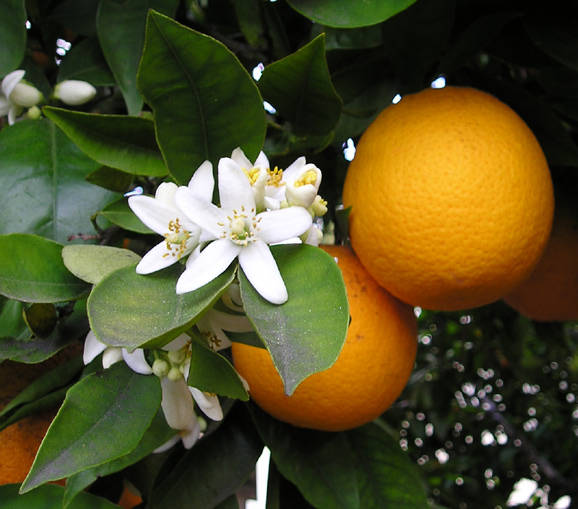Producing ‘natural’ flavors and fragrances with bacteria
July 20, 2012
Major flavor and fragrance houses are intrigued by the possibility of using biotechnology to produce key components of essential oils from abundant sugar feedstocks via fermentation, reports Chemical & Engineering News.
For assistance, they are turning to the growing number of biotechnology start-ups that are targeting the flavor and fragrance industry. These firms, which include Allylix, Amyris, Isobionics, and Evolva, claim their microbial platforms can produce just about any plant-derived molecule, once they scale up.
Allylix and Isobionics are promoting the molecules valencene and nootkatone as their first products. Valencene is extracted from the peel of the Valencia orange. Nootkatone comes from grapefruit peels but can also be produced from valencene. Both are currently used in fruit-flavored beverages and in perfumes but have potential for use in personal care and cleaning products.
Fermentation-derived products may also replace some chemically synthesized molecules. The claim is that the process would be more environmentally friendly and produce ingredients that can be labeled as natural. Givaudan, for example, has patented a microbial route to vanillin. This common flavoring agent, a replacement for costly natural vanilla, is now synthetically derived from phenol.
With microbial production, a once-rare fragrance or flavor could be made in much larger quantities.
To replace nature-made scent and flavor ingredients, biotechnologists can examine extracts of blossoms such as lavender, jasmine, or ylang-ylang. Or they can look at the stems and leaves of fragrant herbs like geranium and patchouli. Seeds and fruits with pungent smell and taste include anise, coriander, vanilla, and juniper. The palette expands with the addition of fruit peels, roots, grasses, evergreen needles, woods, resins, and balsams.
If the goal is to trade up to fermentation-produced molecules from those made by chemical synthesis, possible targets include esters, ethers, aldehydes, hydrocarbons, and ketones.
.
